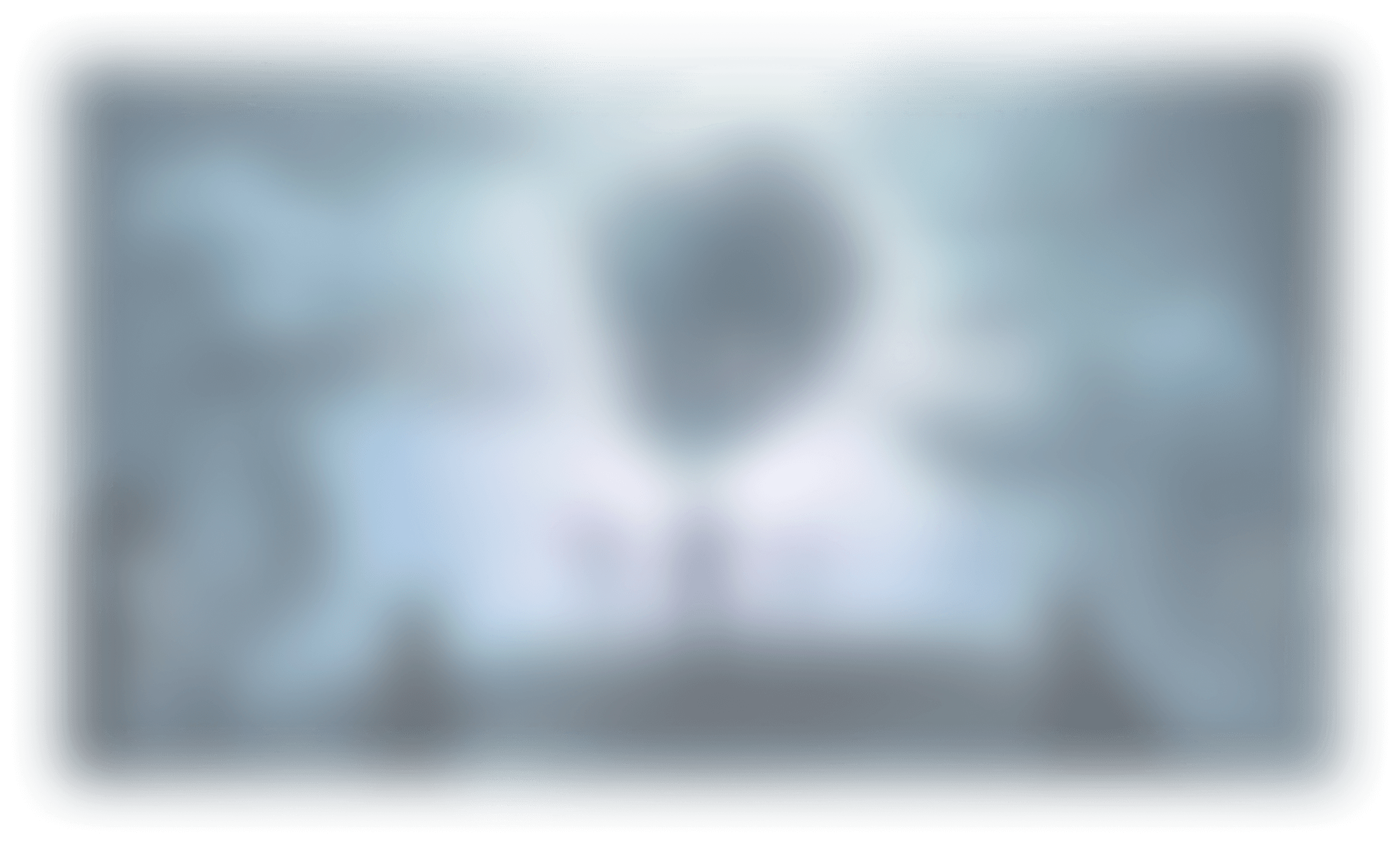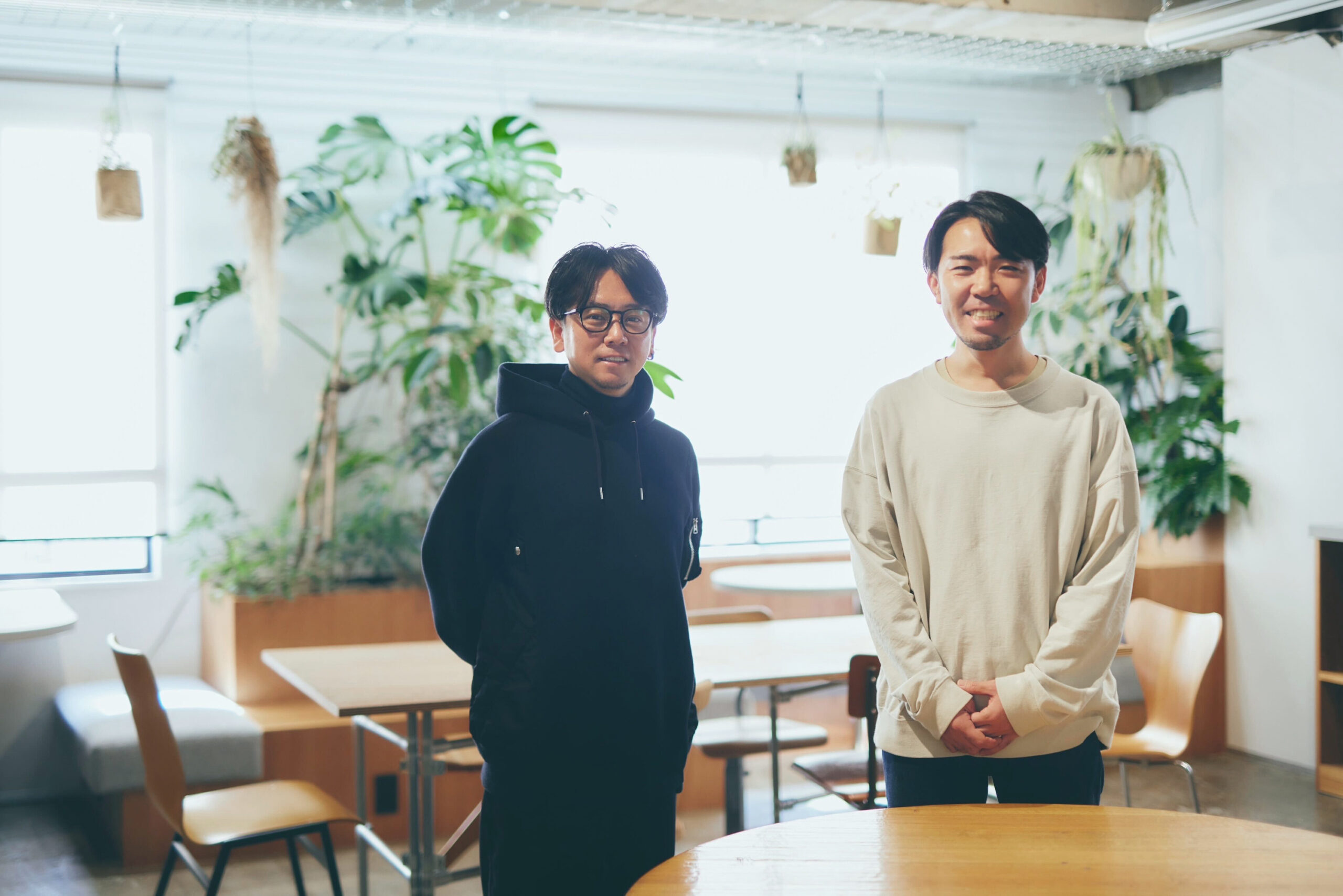“The goal is not just to make a good advertisement, but to drive the business forward — that’s what truly matters”
──First, could you tell us what inspired you to start the company?
Takaki: I originally worked for about 15 years in marketing, branding, and advertising production at Sony and Netflix. When creating advertisements, many people are involved — ad agencies, production companies, and creators. In this process, the role of the business side is to develop marketing strategies to achieve business objectives, the role of ad agencies is to plan campaign ideas, and production companies focus on producing high-quality creative work.
When all of these roles come together and work toward the same goal as a project, that’s when amazing creative work that can truly move the business is born. I’ve been fortunate to experience that a few times throughout those 15 years. However, achieving ideal results every time is no easy feat. I was constantly thinking about how to make “creative that moves the business” happen reliably every time.
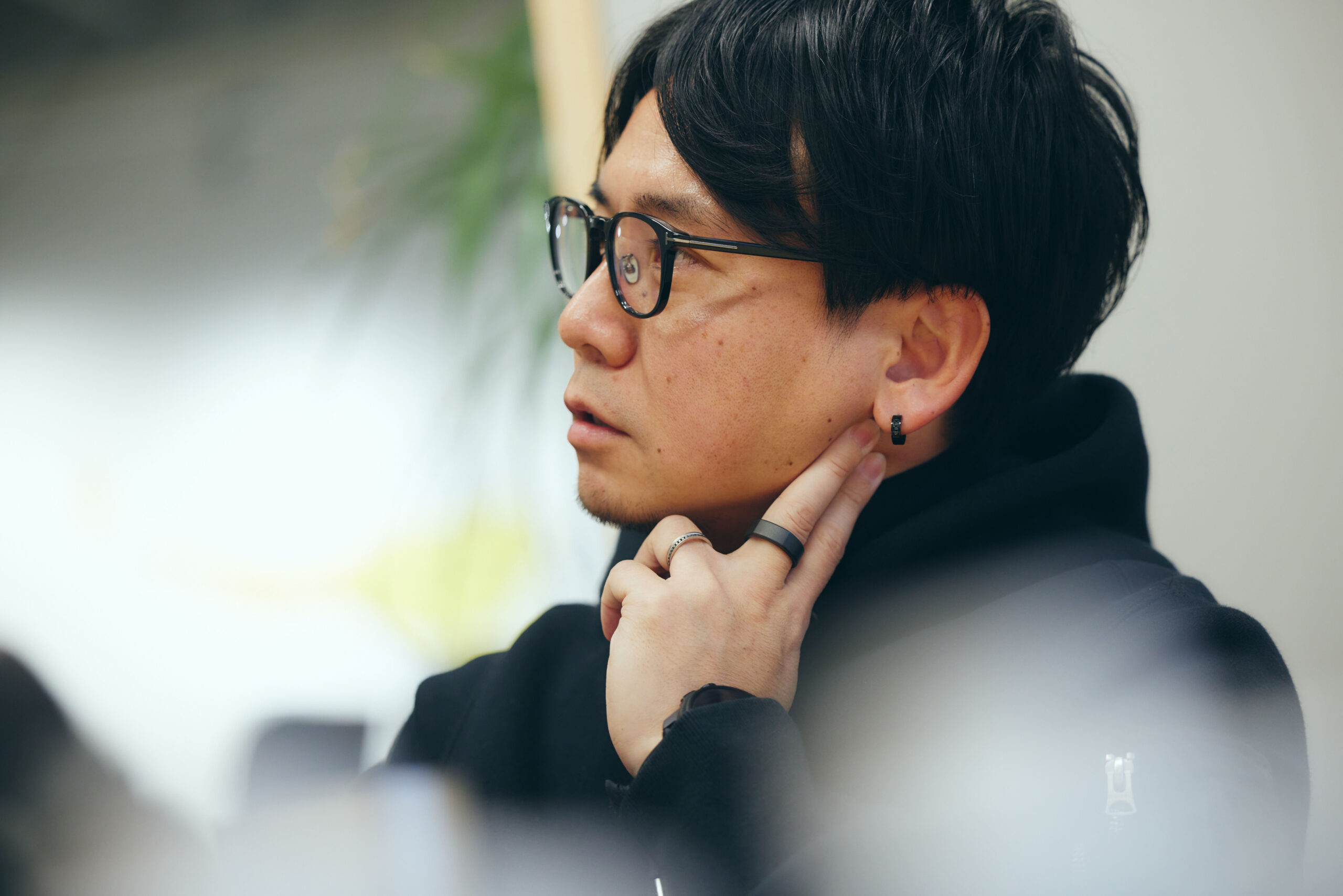
Takaki: At some point, I started wishing for a company that could unite these three domains — business, marketing, and creative — and move forward seamlessly. I searched for such a company but couldn’t find one, so I thought, “Why not just create it myself?” That was the starting point.
──How did Mitsu end up joining the company?
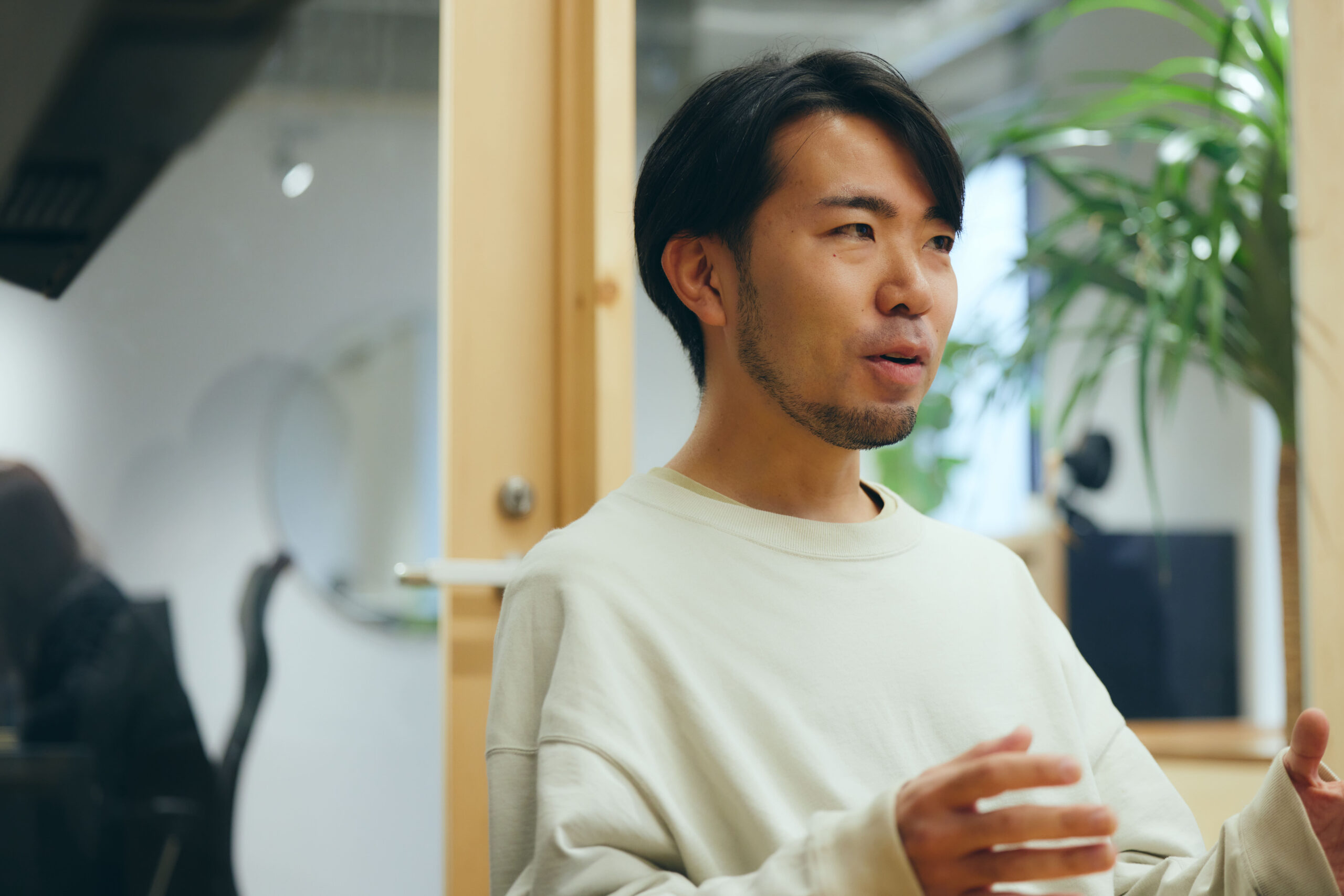
Mitsu: I was approached about a year after the company was established. At my previous job, I worked as a project manager when Takaki was leading the creative side. Since I enjoy creating things from scratch, I was drawn to the idea of building a new company like LampTokyo and decided to take the plunge. I joined initially as a project manager, and now I focus mainly on internal team building and organizational development.
──The emphasis you place on “creative that moves the business” must be influenced by your experience working in a business company, right?
Takaki: That’s right. Thankfully, I was able to work on high-priority projects both at Sony and Netflix. At Sony, I worked on promotions for the launch of the PlayStation 4 and for the “Dragon Quest” series, among others. At Netflix, I worked on branding campaigns for shows like “People, Akashiya Sanma” and “DEVILMAN crybaby” as well as other anime titles. After founding LampTokyo, I also worked on the advertising planning for “The Naked Director.”
Throughout these experiences, it became deeply ingrained in me that making a great ad is not the end goal — what truly matters is making sure it drives the business forward. It’s more important to create work that resonates with the target audience and delivers concrete results for the business than to generate social media buzz or win prestigious advertising awards.
In business, when performance goes down, the advertising budget is often the first to be cut. There are people within the company who might regard ad spend as “a waste of money,” so when we’re entrusted with a precious budget, it’s only natural to deliver a strong return on investment.
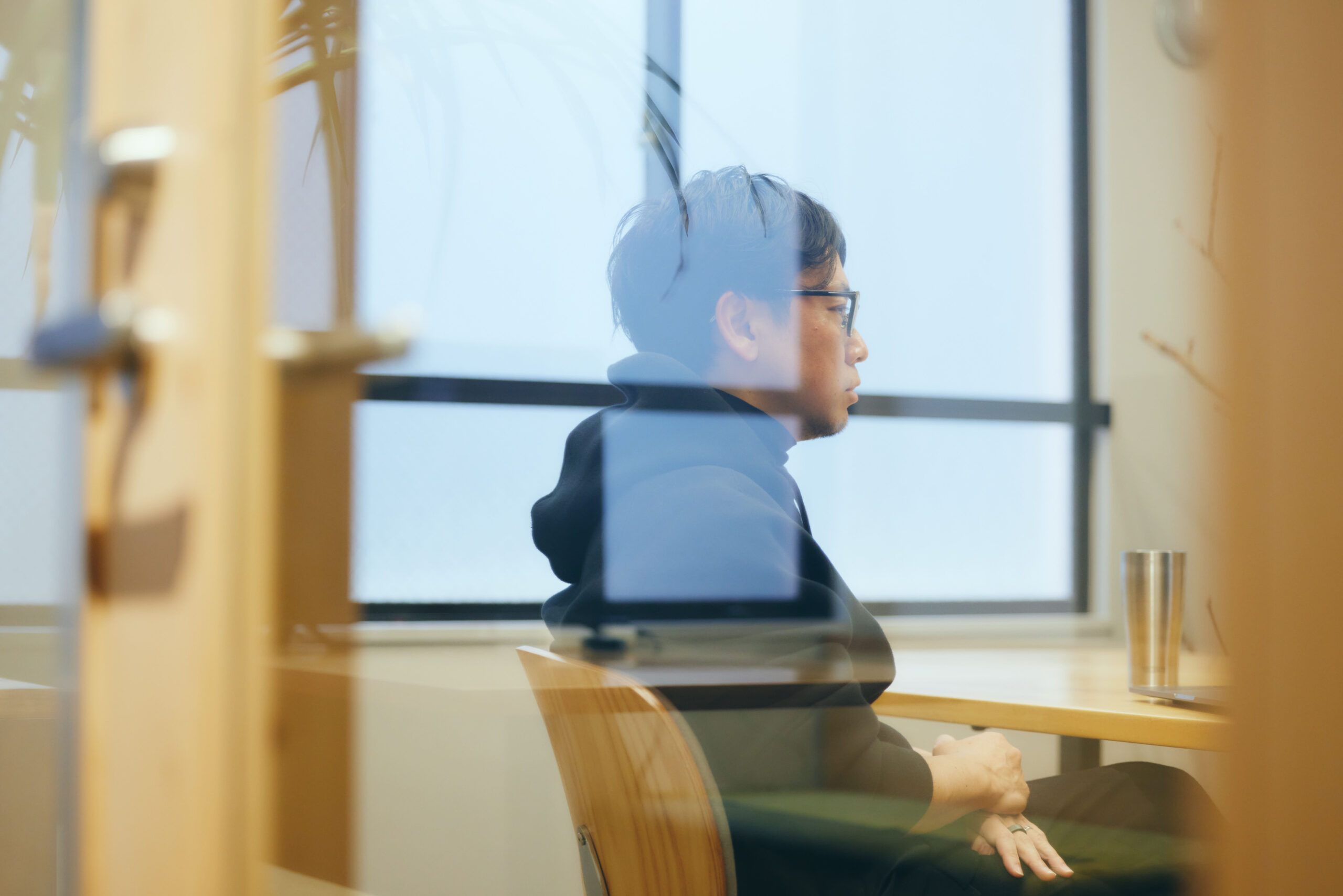
Going Beyond “Client and Agency” to Become One Team
──LampTokyo, despite being a small, elite team, delivers a wide range of outputs — from TV commercials and websites to social media campaigns and PR events. To create marketing-driven creative work, how do you build teams and carry out projects?
Takaki: In-house, we have creative directors, planners, and project managers. Depending on the nature of the output required, we collaborate with external production teams, film directors, cameramen, editors, designers, and other creators to carry out the work.
To truly connect creative ideas to business results, it’s vital to first build a solid marketing strategy. We treat this strategy like a “map” that we share with both the client and the creators. If any questions or hesitation arise along the way, we always return to that map. The success of a project depends greatly on the quality of this map.
That’s why, even if a client already has a set strategy and only asks for promotional ideas based on it, if we have any concerns about that strategy, we’re not afraid to raise questions and make suggestions.
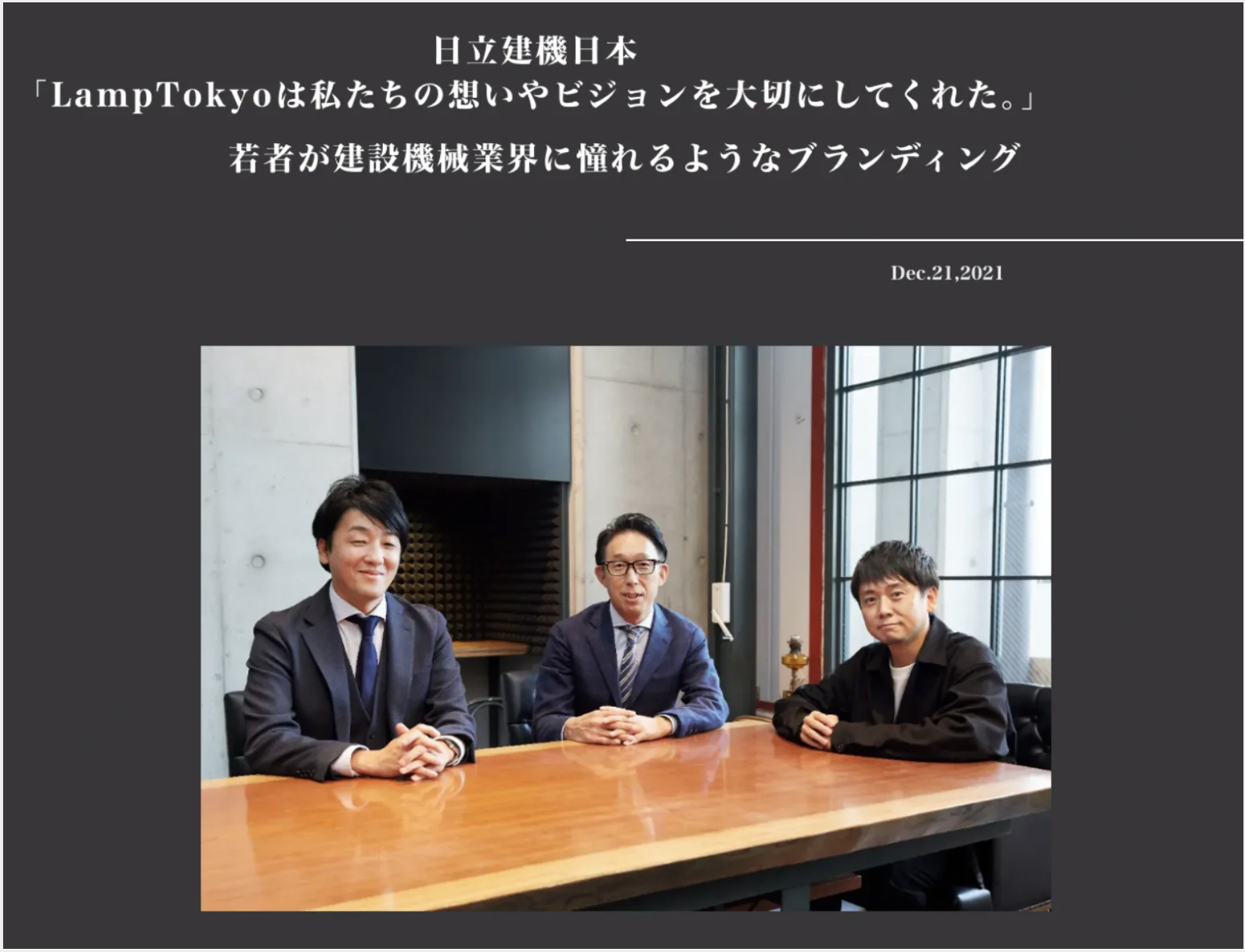
──When it comes to getting deeply involved in the strategy, building strong relationships and facilitating open communication with the client must be especially important. What do you do to foster that?
Takaki: We make it a priority to work as a single project team, rather than relying on the traditional “client vs. vendor” dynamic. Of course, we invite clients to openly share their thoughts with us, and we do the same from our side.
At critical moments — when we need a strong team discussion — we hold meetings that include external production teams and creators as well, creating a space where everyone can talk openly. It’s common for creators to tell us, “The level of closeness we have with the client at LampTokyo is unlike any other project we’ve worked on.”

Takaki: A symbolic moment for me was when we held an event for LampTokyo’s fifth anniversary last year. We invited clients, production teams, and creators we work closely with. At that event, I watched as a client’s advertising manager and a freelance cameraman were laughing and talking together. That sort of interaction is only possible because of the open communication we’ve built over time.
Back when I worked on the client side, there was always a long line of intermediaries — an ad agency, a production company — creating distance between the business and the creators. But here, we’ve created a space where people can respect each other and talk openly. To me, that’s very LampTokyo.
Love and Care for the Client’s Business Make All the Difference in the Creative
.jpeg)
──Besides communication methods, what else do you do to build trust and foster a strong sense of teamwork?
Takaki: We pay close attention to matching staff interests with the client or product. From the client’s point of view, one of the biggest concerns is, “Will the people working on this project genuinely care about and understand our products or services?” In other words, it’s about how much thought and passion the team can devote to the work.
Clients live and breathe their products every day, so if we treat their project like just another job, the difference in emotional investment quickly becomes apparent.
When team members have genuine affection for the brand or service, it naturally leads them to think deeply about it, worry about it, and seek to learn more. In turn, this improves the quality of both the marketing strategy and the creative output. I’ve learned this lesson through first-hand experience throughout my career, and it’s why I consider this approach to team-building — involving both in-house staff and external partners — the most important priority for us.
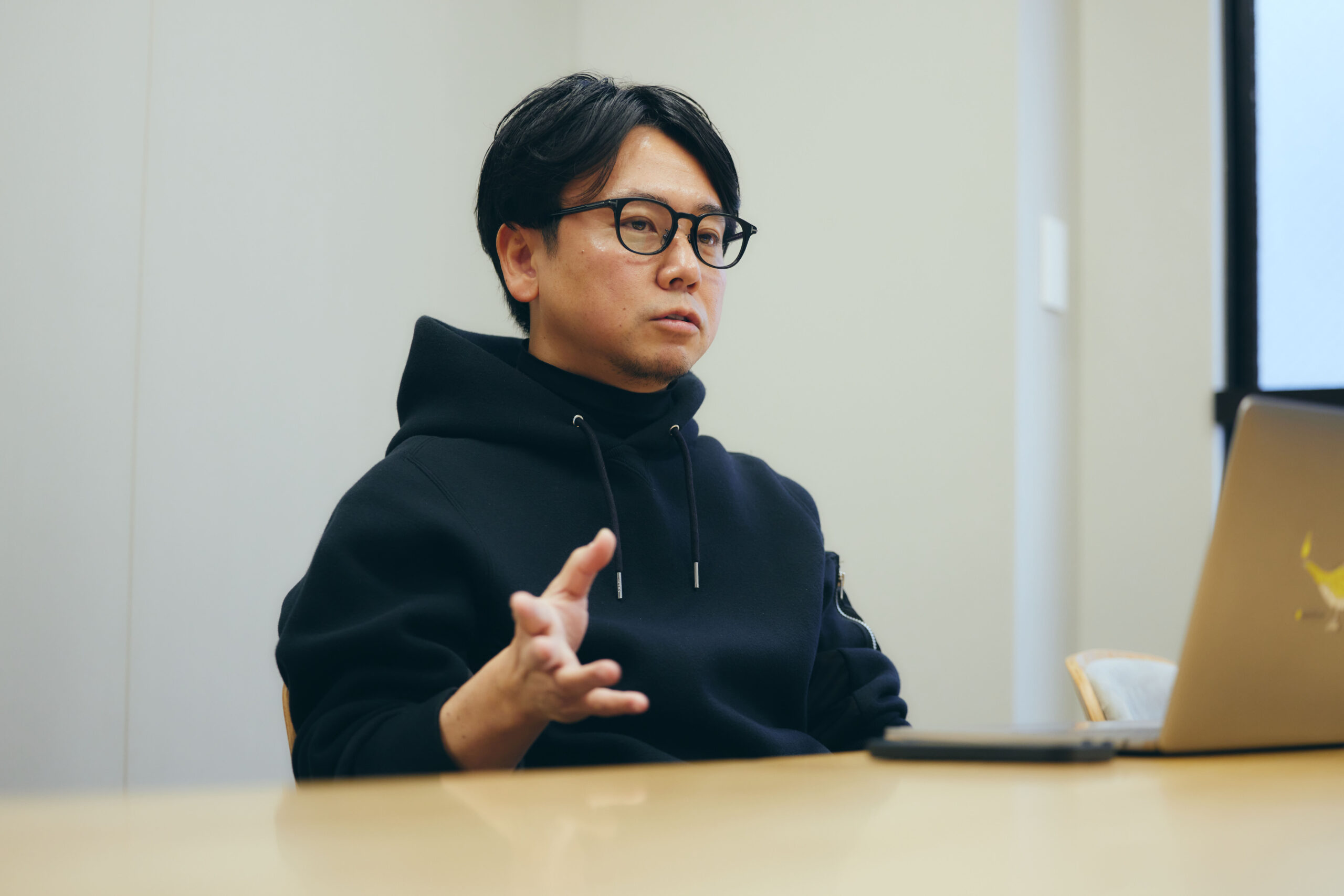
Takaki: Thanks to this approach, we often have clients telling us, “You might understand our product even better than we do! (laugh)” Of course, we put in a lot of hard work and study for every project, and we can never match the client’s expertise. But I like to think that our mindset shines through, and that it allows us to have higher-level discussions — discussions that ultimately have a positive impact on the creative work we produce.
“To Maintain the Quality of Our Creativity, We Avoid Taking on Too Many Projects”
──Are there any measures you have taken at LampTokyo to create an environment where your team can work with genuine passion and affection for each project?
Mitsu:
To maintain the quality of our creative work, we don’t accept every request that comes our way. The clients we currently work with are, above all, people we respect as individuals. They have a strong passion for their company’s vision or products, and they provide services that benefit people and society. This naturally inspires our team to want to understand them more deeply.
Takaki:
When you actually move forward with a project, it inevitably involves asking a lot of questions — “Why?” and “What’s behind this?” — to truly dig into the client’s challenges. If the client doesn’t have a strong sense of purpose or passion for their company or product, no matter how hard we try, our efforts can end up feeling like an unwelcome intrusion. That’s why working with clients whose “temperature” matches ours is very important to us.
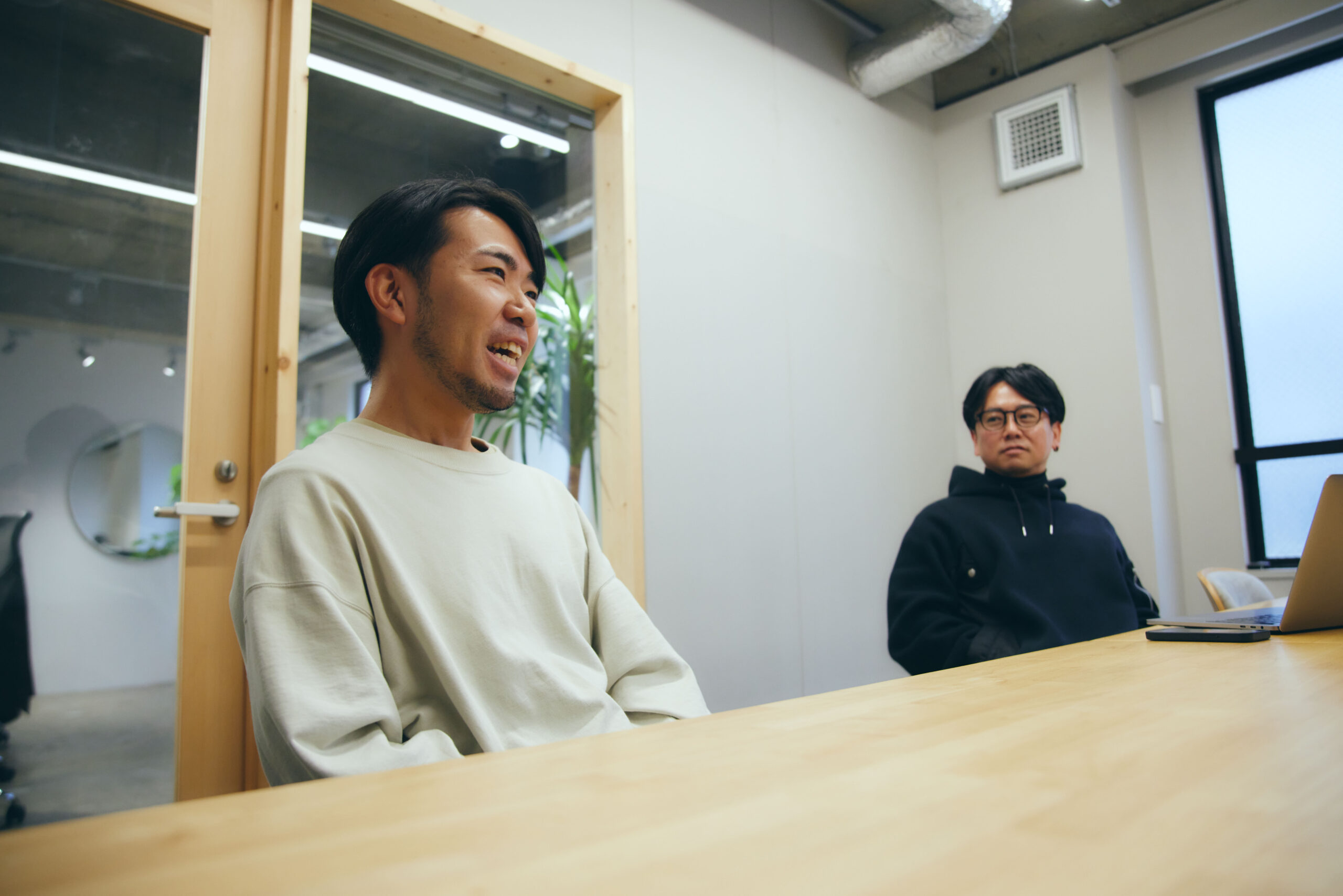
──It sounds like working with good clients is also a source of motivation for your team.
Takaki:
Exactly. The fact that many of our clients treat us not as a vendor or a contractor, but as a trusted team member — almost like an external advertising department — is a huge motivator. We’re trusted to handle a wide range of projects, from video production and websites to social media and events, and we’re deeply grateful for that.
That trust allows for greater efficiency and ease of work. As I mentioned earlier about the importance of having a “map,” aligning with the client from the very start on a consistent strategy means that later, when making smaller decisions, we can simply ask ourselves, “Does this stay true to the map?” This makes communication remarkably smooth.
As a result, although our workload is significant, we’ve been able to build a system that avoids excessive long hours or late-night work. We want every team member to have enough personal time and to live authentically, and that’s something we truly value at LampTokyo.
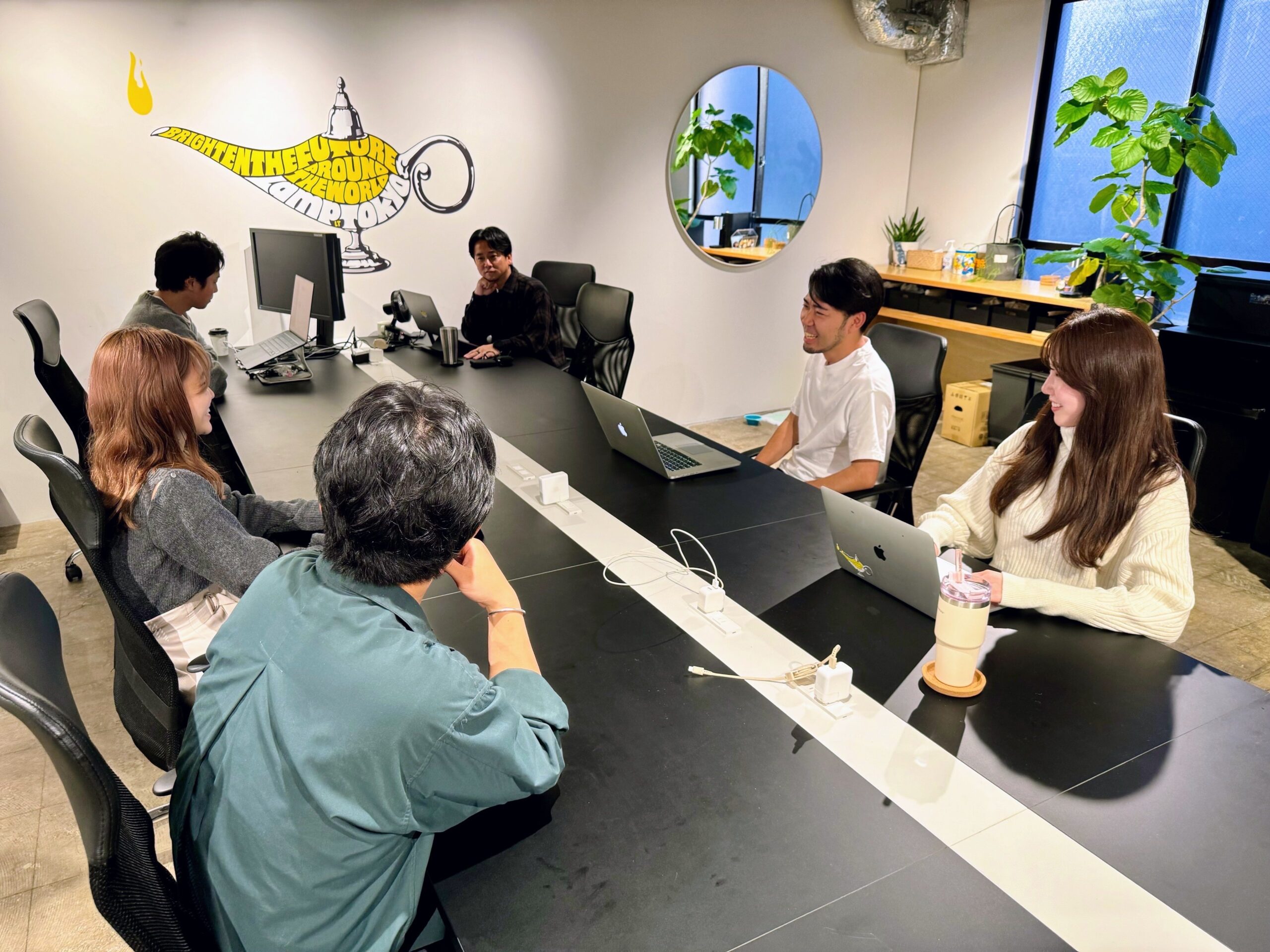
“Honesty, Regardless of Position or Role, Builds a Comfortable Community”
──At LampTokyo, being close to the management team is considered one of its attractions. What do you consider important when communicating with team members?
Mitsu:
The biggest thing for me is transparency — no secrets. I openly express how I feel and ask for help when I need it. In doing so, I think the other person can be honest with me and feel comfortable relying on me too.
To avoid a gap between what the team member wants to do and what the company needs, I make sure we have frequent conversations about “what do you want to do?” and openly align those interests with what the company can offer. Even if we can’t make their wishes happen right away, I try to set a clear timeline to help them understand when it might be possible.
As for my management style, I make sure to clearly communicate the goal, but I don’t control how it’s achieved. I want people to have a sense of responsibility — “I am the person in charge of this project” — while allowing them the freedom to work in their own way. I only step in to give advice when things aren’t going smoothly. In my experience, allowing people to work in ways that suit them is the best way for them to thrive.
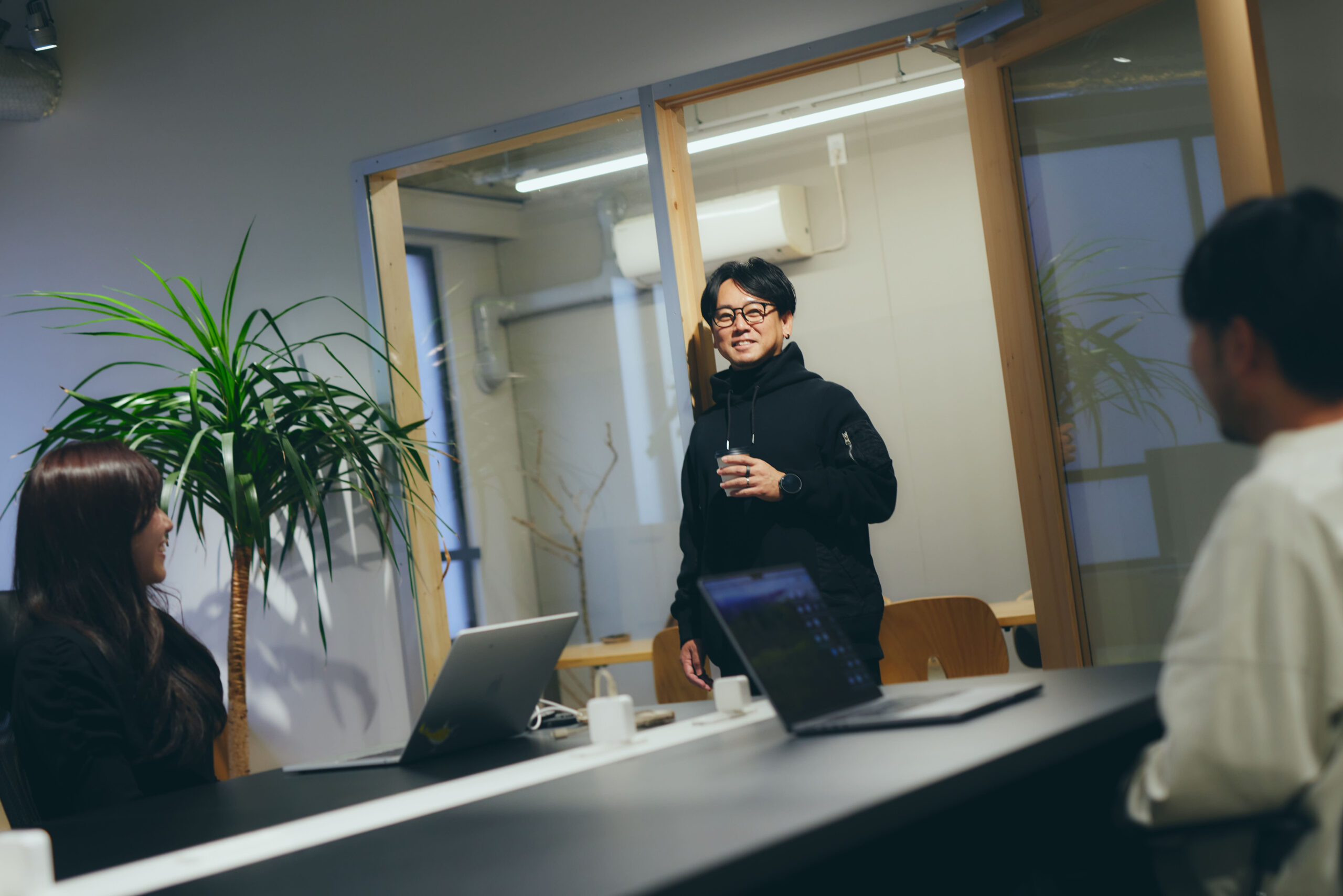
Takaki:
It’s also important for us to foster a culture where feedback is exchanged openly, not just from leaders to team members, but also between colleagues. If I hear someone complaining about another person, I try to bridge the gap and encourage them to “talk to each other directly.”
Of course, some people aren’t comfortable saying hard things to others. But I’ve noticed that even those who struggle at first gradually change when open and direct feedback becomes a habit. We believe that flat, open, and honest communication is vital for nurturing trust between team members — and for building a strong, collaborative team.
─Finally, what kind of person do you want to work with?
Mitsu:
I value people who have a flexible mindset — those who, even if they don’t completely agree with a piece of feedback, can accept it as, “That’s an interesting way of looking at things.” At the same time, I’m drawn to people who have a strong internal flame — a solid sense of self, a drive, and a passion that they stay true to, while also valuing teamwork.
Takaki:
For me, I like people who are a bit of a misfit — those who might be called “difficult” or “quirky” by society. To be honest, I feel that one reason for the stagnation of the Japanese economy is that it has become a place where such outsiders have a hard time surviving and making an impact.
Although LampTokyo is a small community, I’d like it to be a place where people who feel out of place in society can thrive — where we nurture their strengths rather than focusing on their weaknesses. Their strong, unique individuality can certainly become a weapon for all of us.
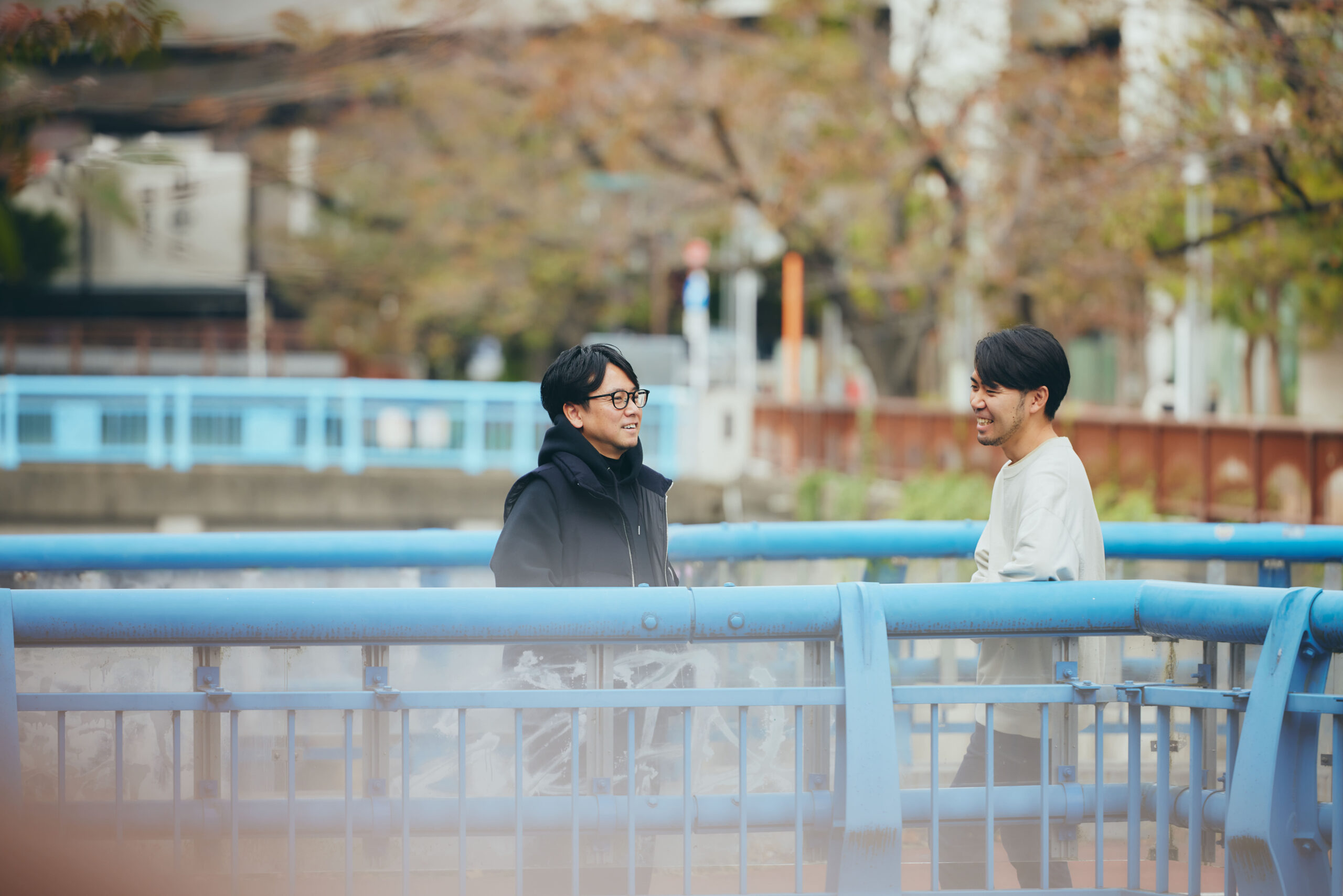
Profile ─────────────────────
Hello!
At LampTokyo, we believe in the power of “creativity that drives business.”
We don’t treat business, marketing, and creativity as separate disciplines—we take an integrated approach. By fully immersing ourselves in the challenges our clients face and respecting their vision and values, we craft strategies that solve real business issues and deliver creative solutions that make a tangible impact.
⸻
■ Creating an Environment Where Members Can Thrive
We don’t accept every project that comes our way.
We choose to work with clients whose values and energy we genuinely resonate with—those who are passionate about their company vision and committed to creating products and services that contribute to people and society. These strong client relationships allow for smooth communication and efficient workflows, enabling us to maintain a structure that avoids excessive overtime or late-night work.
We want our team members to value their personal time and live authentically—true to themselves.
⸻
■ A Culture That Respects Flexibility and Individuality
At LampTokyo, we aim to eliminate unnecessary hierarchies and foster a flat, open environment. Our team is made up of men and women in their 20s and 30s, each working with a unique set of skills and expertise. Interestingly, we don’t call each other by our last names—instead, we go by first names or nicknames, which helps keep communication casual and relaxed.
We’ve adopted a flex-time system, with the default being three days in-office per week (though some members come in daily). This enables flexible work styles and supports a workplace where communication flows easily and people can work in ways that suit their individual lives.
Working Hours:
・Flextime (Core hours: 10:00–16:00)
・Days off: Saturdays, Sundays, and national holidays
⸻
■ Building Partnerships Beyond Traditional Client–Vendor Relationships
We believe in forming partnerships that go beyond the typical client–vendor model.
Rather than simply executing tasks, we aim to work as one team—openly exchanging ideas and, when needed, involving outside production partners and creators in candid, collaborative discussions.
This close communication with clients and creative collaborators allows us to pursue our vision of “creativity that drives business.”
⸻
■ Let’s Build the Future Together—We’re Hiring!
We welcome individuals with passion and a drive to take on new challenges. Regardless of your role or experience, we’ll give you the freedom and responsibility to make a real impact.
If you’re excited to work with us and tackle challenges together, we’d love to hear from you.
And if you’re eager to learn about marketing and creativity—you’re especially welcome!
Text & Interview: Satomi Hara
Editor: Kaoru Yoshida
Photography: Tomohiro Takeshita



